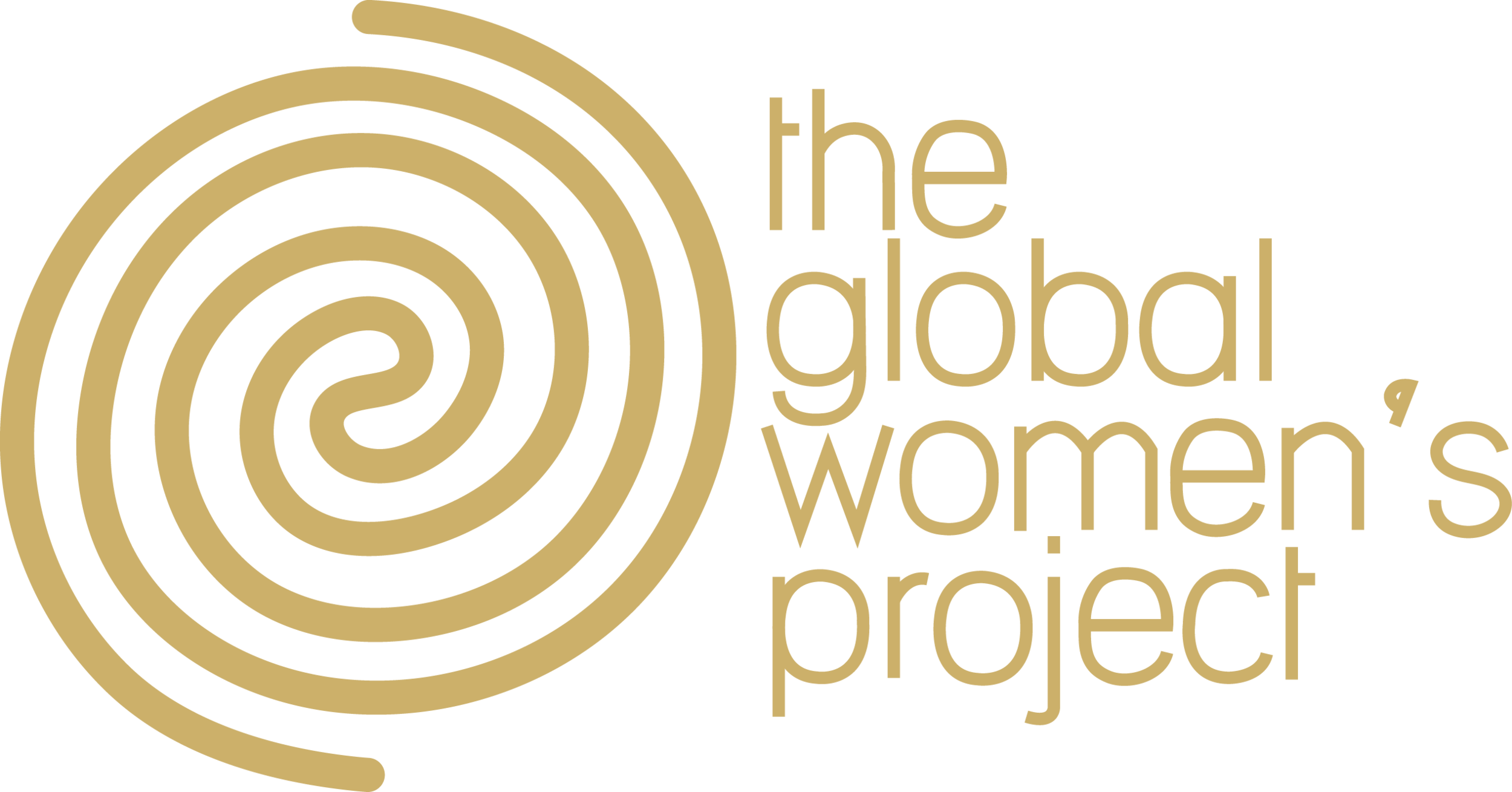4 reasons to prioritise digital literacy among women in the developing world
#Delhigangrape, #metoo, #bringbackourgirls, #leanin #girlsrising #girlsatdhabas. What do these campaigns all have in common? Aside from them being huge successful and international in their reach, they have also relied on technology for their success.
Technology holds immense potential for the achievement of gender equality, in ways far exceeding social media activism. But in many developing countries the digital literacy gender divide is growing. In a world that is increasingly moving online and reliant on technology for business, social connection — just about everything — how can we hope to close the gender gap if women digital literacy isn’t prioritised?
When we think about women’s empowerment and gender equality, access to technology and digital literacy may not be front of mind. But the gender digital divide is real, and it’s a real problem. While it varies from country to country, studies suggest that globally in developing countries the number of women using the internet is 12% less than men. The Sustainable Development Goals (SGDs), the new global framework for development, point to digital literacy as a key driver of gender equality.
Here are 4 simple reasons why technology and digital literacy is so important for women:
1 Economic participation
Supporting access to and use of technology could create 140 million new jobs. Increasing women’s digital literacy gives them the chance to actively participate in the economy. It can provide access to finance, mobile banking and employment-related services. And we know when women are economically empowered this ripples out to their families and communities.
2 Activism and participation in campaigns against gender inequality
The hashtag #DelhiGangRape following the brutal assault of Jyoti Singh in 2012 resulted in anti-rape provisions being built into India’s Criminal Code. #sendeanlat (‘tell your story’) has generated national discussions on violence against women in Turkey. Pakistan’s #girlsatdhabas (“dhabas” are roadside food stalls) campaign has increased visibility of women in public spaces throughout the country. Women’s ability to connect and mobilise via social media and the internet is increasingly vital to the success of campaigns against gender inequality.
3 Access to information, connection and liberation
The internet means access to a wealth of information. It means women’s ability to communicate with each other freely. It can mean access to maps which changes the way they travel and the routes they take. It can mean regaining a sense of agency in their own education as they teach themselves new skills and develop their interests by searching the web and accessing resources. As they say, knowledge is power.
4 Provide a interim solution to traditional limitations of mobility
Women in developing countries face structural and social barriers that prevent them from participating in activities outside the home. Traditional gender roles position women primarily in the household which can physically prevent them from seeking educational opportunities. Learning how to access a wealth of resources online removes the physical barrier of having to leave the house to learn. Although this doesn’t directly address the inequalities that keep women in the home in the first place, it represents an important nudge in the direction of gender equality.
Over the next five years, improving women’s digital literacy will be a priority for The Global Women’s Project. Our first program launched last year: a Computer and English Skills Lab in Stung Treng, Cambodia, which is teaching women and girls how to participate in an increasingly technology-focused world. Help us keep it running.
While we can’t know exactly how things will play out, there’s no doubt in our minds that prioritising digital literacy for women in a world where the dominant language is becoming technology will play a pivotal role in ending gender inequality worldwide.
Aliya Ahmed

